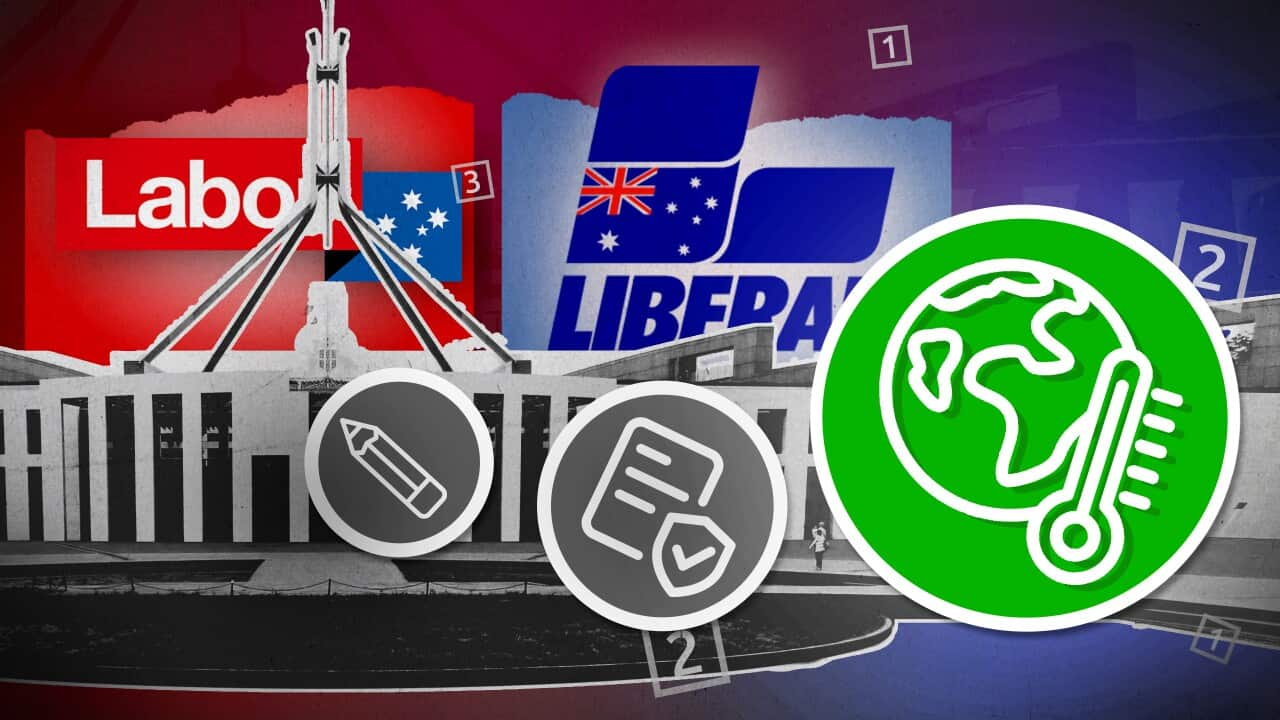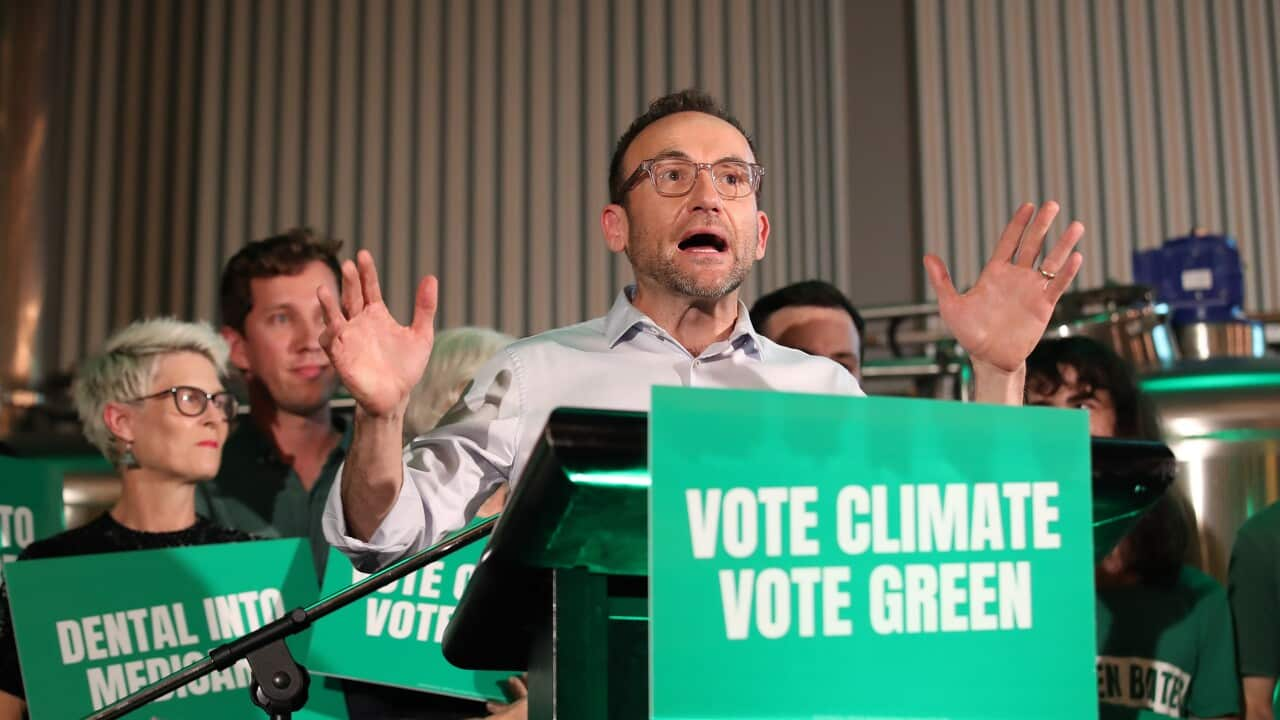Australians will soon head to the ballot box to elect the next government, and climate change is on their minds.
Some 83 per cent of Australians are worried about the debilitating effects of climate change and global warming, according to the latest Ipsos climate change report, which surveyed about 1,000 people aged 18 and over.
Almost 60 per cent of respondents noted they will be looking at the individual candidate or party's policies in addressing environmental catastrophes before voting for them.
It comes against the backdrop of natural disasters that have rocked the nation, such as the .
The fires ravaged parts of the eastern coast and burned millions of hectares, left more than 4,400 homes destroyed, and directly caused 33 deaths and almost 450 more from smoke inhalation.

Credit: SBS News
Both major parties have committed to achieving net zero emissions by 2050. The goal means that by this time, the amount of carbon dioxide Australia is removing from the atmosphere will be at least the same amount it is emitting.
Here's how they plan to achieve that target:
How the Coalition will tackle Australia's emissions
The Coalition says it will use a 'technology not taxes' approach to achieve.
It has committed to reducing emissions by 26 to 28 per cent by 2030, although the government forecasts it is on track to cut emissions by 30 to 35 per cent by this date.
Its plan to reach net zero "" flags $20 billion in spending on low emissions technologies by 2030, prioritising investments in hydrogen to create a new fuel source and export industry, low-cost solar and low emissions steel and cement.
It also plans to invest in storing carbon underground through carbon capture and storage or sequestration, and electric vehicle charging infrastructure.
Existing technologies deployed at scale would do most of the heavy lifting in the government's bid to reach net zero by 2050, and are expected to contribute to 85 per cent of reduced emissions by mid-century.
But yet-to-be-developed "further technology breakthroughs" are earmarked to achieve the last 15 per cent of emissions reductions.
"That 15 per cent will come from the evolution and momentum that is generated by those earlier technological developments," Mr Morrison said in October last year.
"It is probably one of the safest assumptions that you can make."
How Labor will tackle Australia's emissions
Labor has on 2005 levels, which is slightly lower than the 45 per cent goal it took to the 2019 federal election.
This target was unveiled in the party’s "" plan – released in December, 2021 – which says the 2030 target will keep Australia “on track for net zero [emissions] by 2050.
In order to achieve this, Labor would invest $20 billion towards upgrading the electricity grid so it can handle more renewable energy.
Labor would also remove taxes on electric vehicles to make them between $2,000 and $12,000 cheaper, and install hundreds of community batteries across the country that will be charged by rooftop solar and provide shared energy storage for up to 100,000 households.
It would also install 85 solar banks that it says will benefit more than 25,000 who can't access rooftop solar, such as renters and low-income households.
The public service sector would also be required to reach net zero emissions by 2030, although the Australian Defence Force, Australian Federal Police, Australian Border Force and security agencies would be exempt from this.
Labor would allocate $3 billion to invest in clean energy technologies like green metals (minerals used in green energy technologies), and seek to adjust the government's so-called "Safeguard Mechanism".
The Safeguard Mechanism would make heavy emitters pay for their emissions, by gradually reducing, over time, the eligibility threshold from 100,000 tonnes of carbon dioxide a year. The Business Council of Australia has proposed a lowering of the threshold to 25,000 tonnes, and Labor has said it would adopt this recommendation.
Opposition leader Anthony Albanese if Labor forms government.
End to coal and gas on Greens' hung parliament wish list
The Greens have announced a wish list for negotiations in the event they hold the balance of power in a hung parliament, with a commitment to phasing out coal and gas among them.
"As we have seen in recent months, and again here in Queensland this week, the climate crisis is getting worse," Greens leader Adam Bandt said at the party's campaign launch on Monday evening.
"We can kick Scott Morrison out and elect a parliament with Greens in the balance of power getting action on the big issues that are facing this country."
Mr Bandt announced on Tuesday that he would call on the next government to sign US President Joe Biden's Global Methane Pledge to phase out methane gas.
Methane is the second biggest contributor to human-caused global warming, after carbon dioxide.
-With additional reporting by Tom Canetti and AAP




